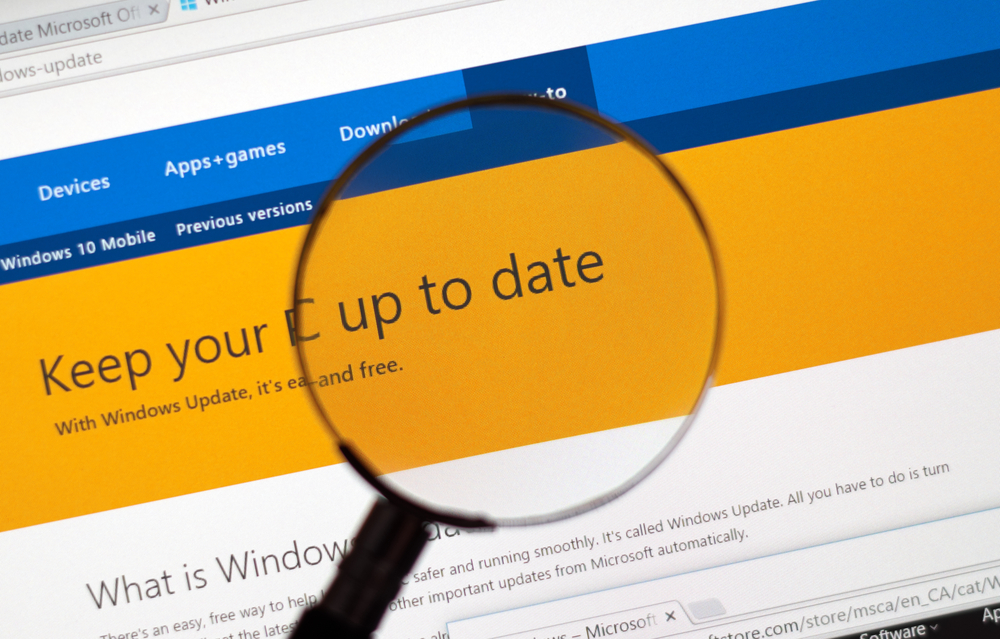Microsoft is changing the way it digitally signs updates to Windows to improve protection against supply chain attacks – ensuring only valid original patches from Microsoft are installed through the Windows update utility.
Currently, Windows patches are digitally-signed using both the SHA-1 and SHA-2 algorithms; however, because of known vulnerabilities in the SHA-1 hashing algorithm, it will be dropped by Microsoft in July 2019, with only SHA-2-based code-signing being supported from then onwards.
For enterprise users, this presents a problem if they are still running Windows 7 and Server 2008, as these operating systems only support SHA-1 signing for Windows updates. Accordingly, Microsoft has issued updates for Windows 7 and Server 2008 which adds support for future Windows updates which are signed using SHA-2. After July 2019, if these operating systems have not been updated, they will be unable to install the latest Windows security and feature updates.
If you are still using WSUS 3.0 (the current version is 10) then that too needs to be updated to be able to process and validate the SHA-2 signatures for Windows patches.
Microsoft has provides an overview of the transition process and all relevent updates, so that systems administrators can continue to keep their servers and workstations updated.
Administrators who routinely install all Microsoft patches each month should have no action to take, as the automatic patches will perform all the necessary updates. However servers running legacy line of business systems or other systems where patches are not performed monthly, could find themselves at risk of extended recovery times if a critical patch needs installing after the July 2019 cutover, where SHA-2 support has not yet been implemented. Administrators should consider installing the required Windows updates before the July 2019 switch to ensure they can continue to download and install Windows updates after July.



















“We were very impressed with the service, I will say, the vulnerability found was one our previous organisation had not picked up, which does make you wonder if anything else was missed.”
Aim Ltd Chief Technology Officer (CTO)